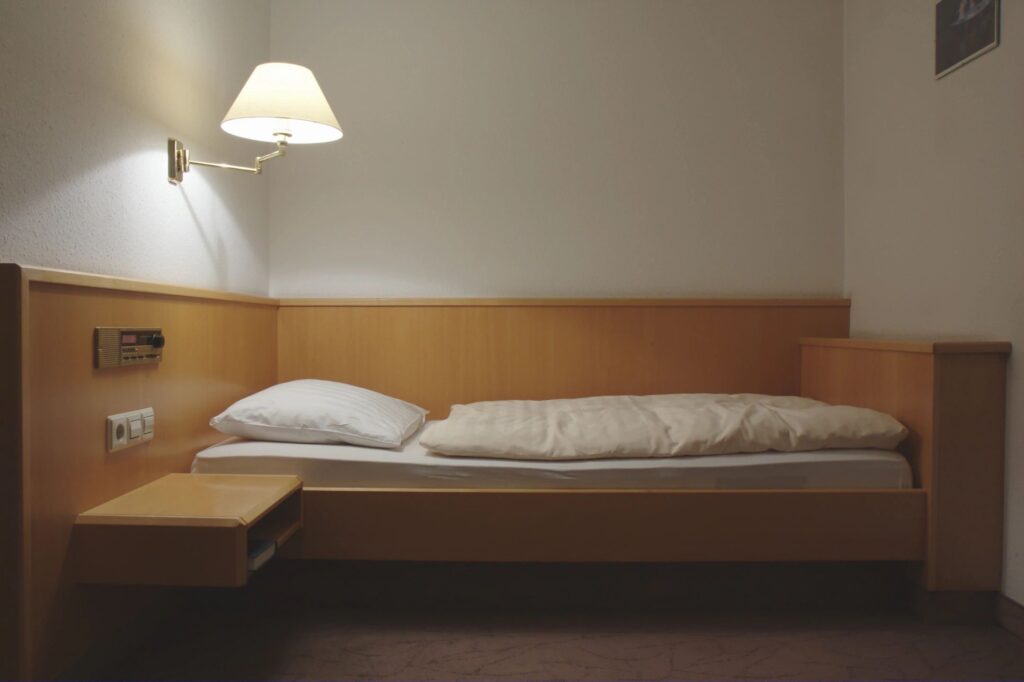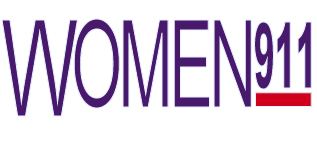A women’s shelter, also known as a women’s refuge and battered women’s shelter, is a place of temporary protection and support for women escaping domestic violence and intimate partner violence of all forms. The term is also frequently used to describe a location for the same purpose that is open to people of both genders at risk.
Representative data samples done by the Centers for Disease Control and Prevention show that one in three women will experience physical violence during their lifetime. One in ten will experience sexual violence. Women’s shelters help individuals escape these instances of domestic violence and intimate partner violence and act as a place for protection as they choose how to move forward. Additionally, many shelters offer a variety of other services to help women and their children including counseling and legal guidance.
The ability to escape is valuable for women subjected to domestic violence or intimate partner violence. Additionally, such situations frequently involve an imbalance of power that limits the victim’s financial options when they want to leave. Shelters help women gain tangible resources to help them and their families create a new life. Lastly, shelters are valuable to battered women because they can help them find a sense of empowerment.
Women’s shelters are available in more than forty-five countries. They are supported with government resources as well as non-profit funds. Additionally, many philanthropists also help and support these institutions.
Services
General purpose
Women’s shelters offer temporary refuge for women escaping acts of domestic violence or intimate partner violence. Many women become homeless in this situation because they are financially dependent on their abuser and these resources help to incentivize and support escape. The average length of stay for women is between thirty and sixty days in the United States. However, this varies in different countries and in Europe, for example, four countries limit stays to a few weeks.
Transitional housing, another form of women’s shelter, offers stays of up to a year while certain communities offer public and private housing for even longer periods.[3]
Utilization
There is high demand for shelter services in the United States. A one-day national census done by the National Network to End Domestic Violence found that emergency shelters served over 66,581 people in one day and over 9,000 requests could not be met during the same period. In Europe there is a similar pattern of over-demand. Utilization by women is not consistent across the population of intimate partner violence victims, however. Women with children tend to use shelters more often as well as those that are injured physically. Additionally, rural women have more trouble accessing services due to isolation and a lack of resources.
Other services offered
Shelters are usually offered as part of a comprehensive domestic violence program that can also include a crisis hotline, services for non-sheltered children, an education program, a community speaker list, and an offender treatment program. Shelters themselves also offer a variety of services. They provide counseling, support groups and skills workshops to help women move on independently. These act as tools of empowerment for women in conjunction with goal setting programs. Lastly, they offer support for children as well as legal and medical advocacy.
Most residents of women’s shelters are the children of women who are victims of violence. This is one reason why more than half of shelters offered services to this portion of the population in a survey of 215 shelters in the United States. Services for children often include counseling and group therapy options that are meant to strengthen parent-child relationships and help with mental well-being. Recently, shelters also responded to increasing numbers of male victims by offering help mostly in the form of hotel vouchers.
Male residents
See also: Domestic violence against men § Responses
In the United States, certain shelters do not permit access to men. This practice was challenged in Blumhorst v. Haven Hills, a court case in California (Los Angeles Superior Court Case No. BC291977). However, the court dismissed the case because the plaintiff lacked standing – he was not involved in an abusive relationship and did not need shelter. Certain groups are critical of the smaller amount of resources available to men in the United States and across the world. However, other sources dispute the view that male-only refuges are wanted or needed by most male victims, arguing that the issue has been misrepresented out of misogyny rather than genuine concern for male victims. The Istanbul Convention, for example, states that the creation of women’s shelters is not discriminatory.
Some shelters do permit access today, including the Domestic Abuse Project (DAP) of Delaware County, which offers services to both sexes. According to their own reports, around three percent of DAP supported individuals have been men.

